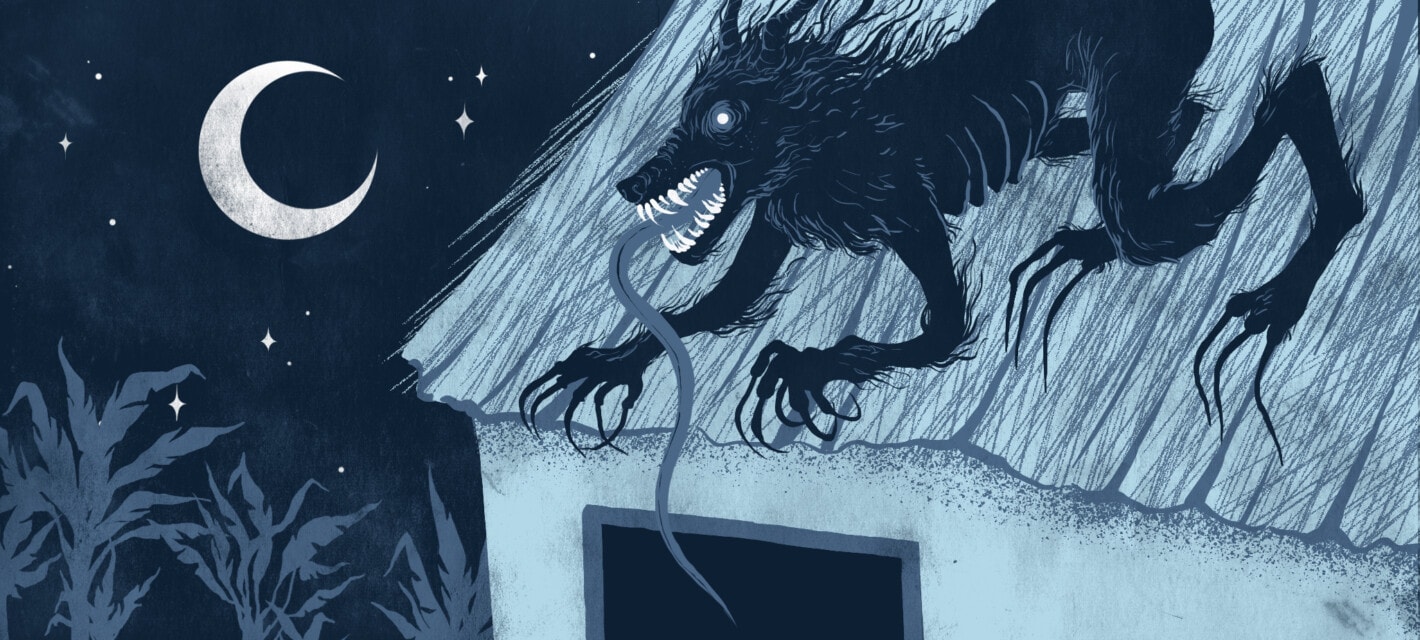Folklore from around the world is full of fascinating but lesser known nuggets. Take Saint Nicholas, the key figure upon whom Santa Claus is based. By all accounts a nice guy who helped the less fortunate and was kind to children, good old Saint Nick was not above the occasional fisticuffs. Like that time he punched a priest in the face. Below are twenty five things about that and other lesser known folklore tidbits from around the world.

A Not So-Nice Saint Nick?
Santa Claus is a product of inputs from the folklore of various cultures. The biggest single figure behind Santa is probably Saint Nicholas of Myra, also known as Nicholas of Bari (270 – 342 AD). One of the most popular minor saints of both the Western and Eastern churches, he was a generous man known for his gifts. He became associated with Christmas, and the tradition of gifts given that day. Nicholas was born into wealth, and used his riches to help those less fortunate. He traveled around, went on pilgrimage to the Holy Lands, and became associated with various good deeds, such as saving three innocent soldiers from wrongful execution.

Legend also attributed to him numerous miracles. He reportedly calmed the sea, chopped down a demonic tree, and resurrected three kids who lost their lives to a butcher who pickled their remains in brine for sale as pork during a famine. No wonder he became the patron saint of children. So Saint Nick was a good guy, and a worthy foundational figure upon whom to build the legend of the lovable and kindly Santa. However, Nicholas was not nice all the time. As seen below, he was not above settling debates by beating up those with whom he disagreed.

